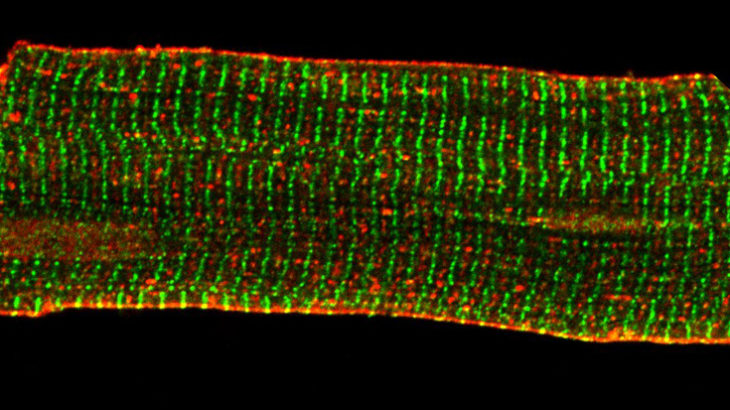Spotlight On: Facility for Imaging by Light Microscopy

Each month we post a new edition to the SES ‘Spotlight On…’ series, showcasing equipment at our institutions, providing information and case studies for interested researchers/industries, and promoting better use of already available equipment.
The Facility for Imaging by Light Microscopy (FILM) at Imperial College London uses the latest equipment in light microscopy to observe living cells, tissues or materials. The facility provides access to state-of-the-art microscopy equipment and all training and assistance required for the whole range of light microscopy, from basic observations with transmitted light to multi-photon fluorescence and super-resolution microscopy.In addition to microscopy equipment, the facility also provide access to software and expertise in image data analysis, and general microscopy education. FILM has more than 300 active users across Imperial College London and is operated as a charge-out facility with running costs recovered from user charges. The facility establishes new imaging techniques in close collaboration with research groups here at Imperial College London through past and ongoing funding from the BBSRC, MRC and the Wellcome Trust. FILM is supported by the Academic Head of the Facility (Professor Tony Magee) and three staff members (Steven Rothery, Debora Keller, David Gaboriau and Andreas Bruckbauer).
Name of Equipment
Facility for Imaging by Light Microscopy
Utilising the Equipment
FILM operates at two sites in South Kensington and Hammersmith and operate the following microscopy systems:
- Four confocal microscopes (Zeiss and Leica) for 3D imaging, two of these are equipped with multi-photon lasers for imaging deep into tissues and lifetime imaging to detect molecular changes.
- Six widefield microscopes (Zeiss) for live-cell imaging and tiled scans of large specimens
- One super-resolution microscope (Zeiss) for Structured Illumination Microscopy (SIM), Single Molecule Localisation Microscopy or Total Internal Reflection Fluorescence (TIRF) Microscopy.
- One high content Imaging System (Nikon) for automatic screening using widefield or confocal microscopy
- One lightsheet microscope (Leica) for fast imaging of 3D objects with minimum photobleaching.
Current Research:
The facility provides access to state-of-the-art microscopy equipment and all training and assistance required for the whole range of light microscopy, from basic observations with transmitted light to multiphoton fluorescence in vitro microscopy and fluorescence lifetime imaging.
“We, at the FILM facility, aim at providing a service to all researchers, from the first steps all the way to how to extract the most from the images acquired. We strive to enable users to become independent on the microscope and enjoy the scientific interactions along the way“
FILM Facility Managers
Who has access?
Users from Imperial College London and, if capacity allows, external users
Are there any costs or associated fees?
Click here for full details on chargers, or contact the facility manager (below).
Where is it located?
FILM South Kensington
Sir Alexander Fleming Building
South Kensington Campus
Imperial College London
Exhibition Road
London, SW7 2AZFILM Hammersmith
ICTEM Building (L-Block) Room 314
Hammersmith Campus
Imperial College London
Du Cane Road
London, W12 0NN
Links:
Potential relevant disciplines:
Microbiology, Photonics, ImagingVideo credit: Cells in action by Kyasha Sri Ranjan, Vania Braga, Stephen Rothery
Contact:

Dr Andreas Bruckbauer
Faculty of Medicine, National Heart & Lung Institute, Imperial College London

